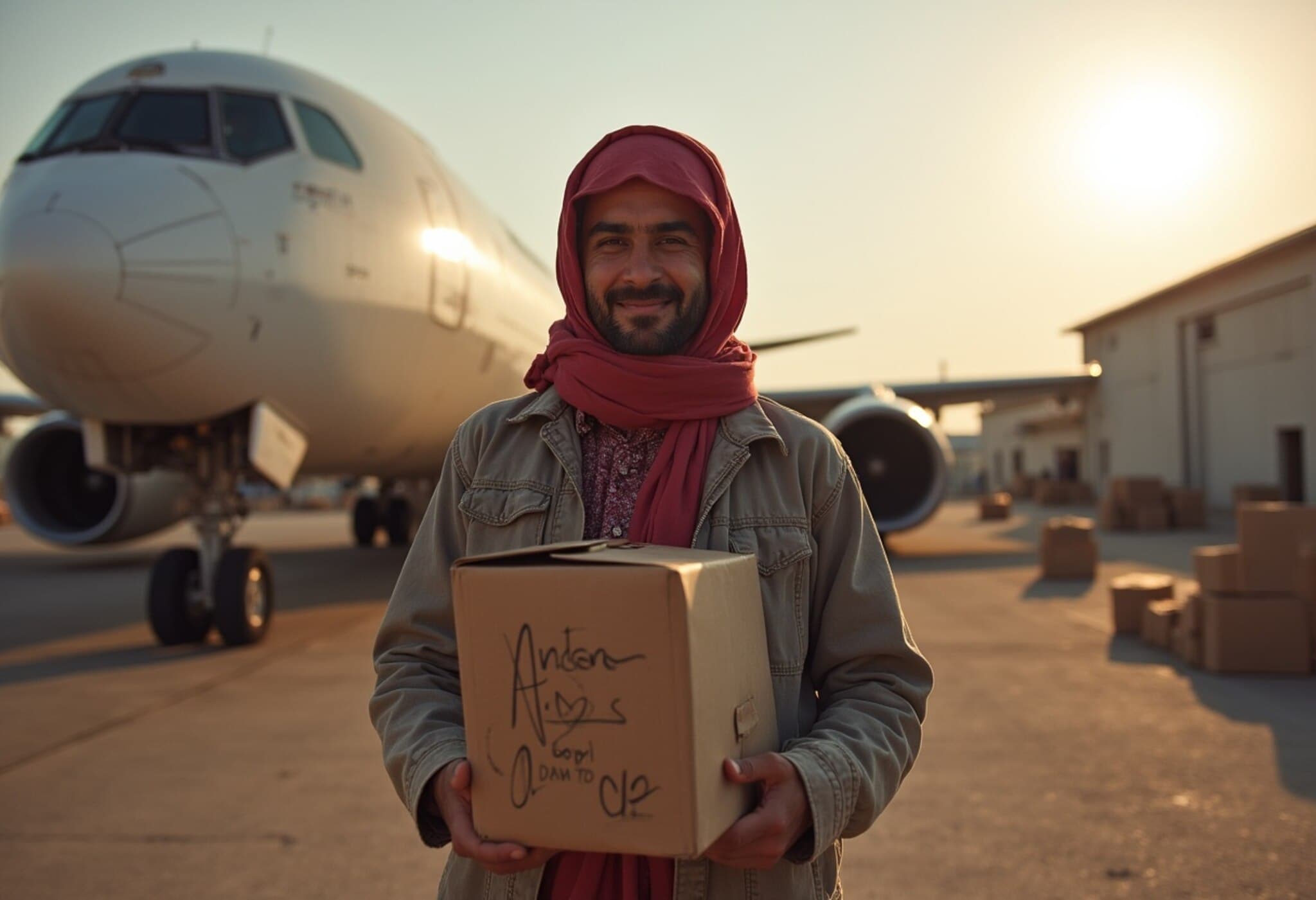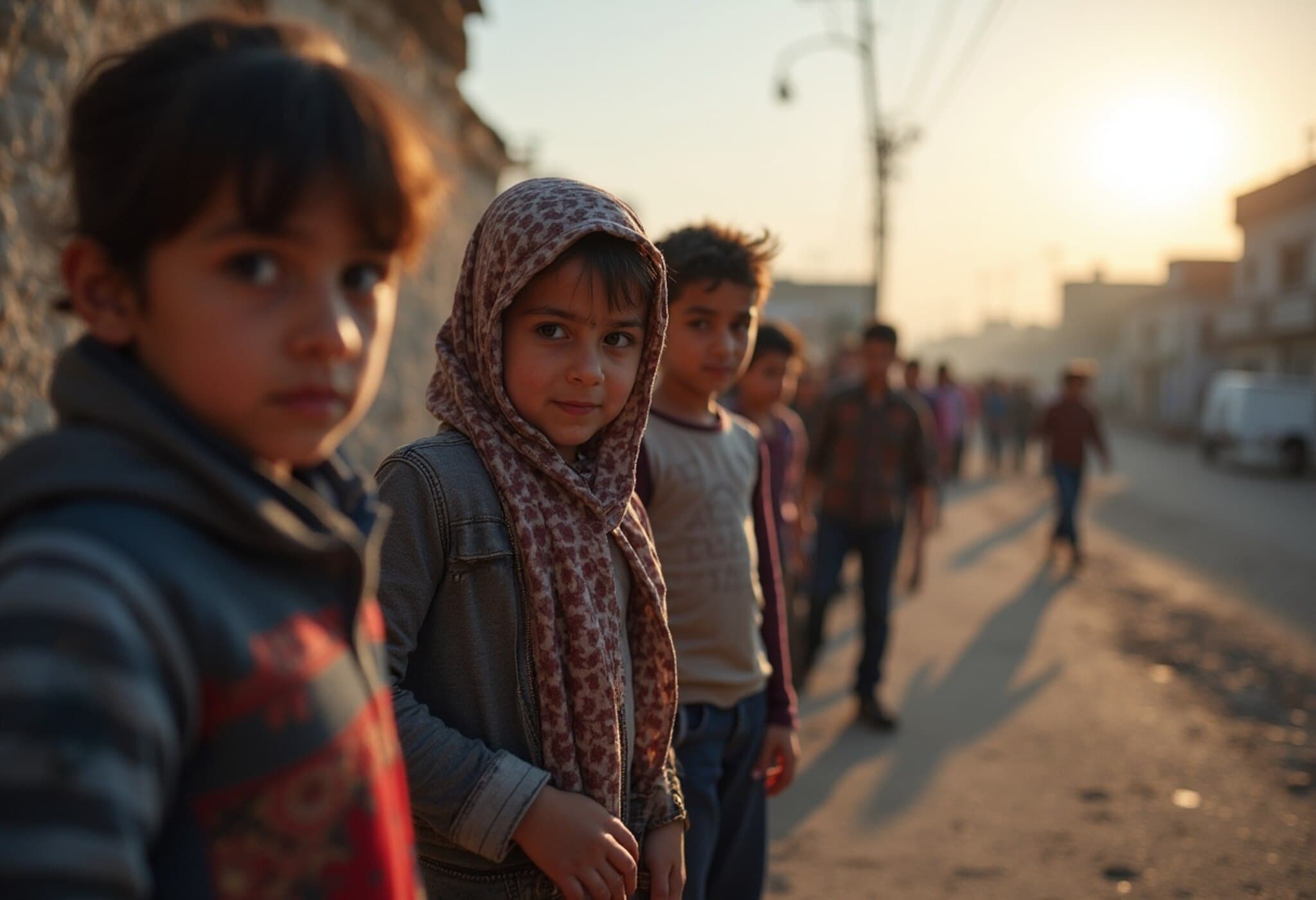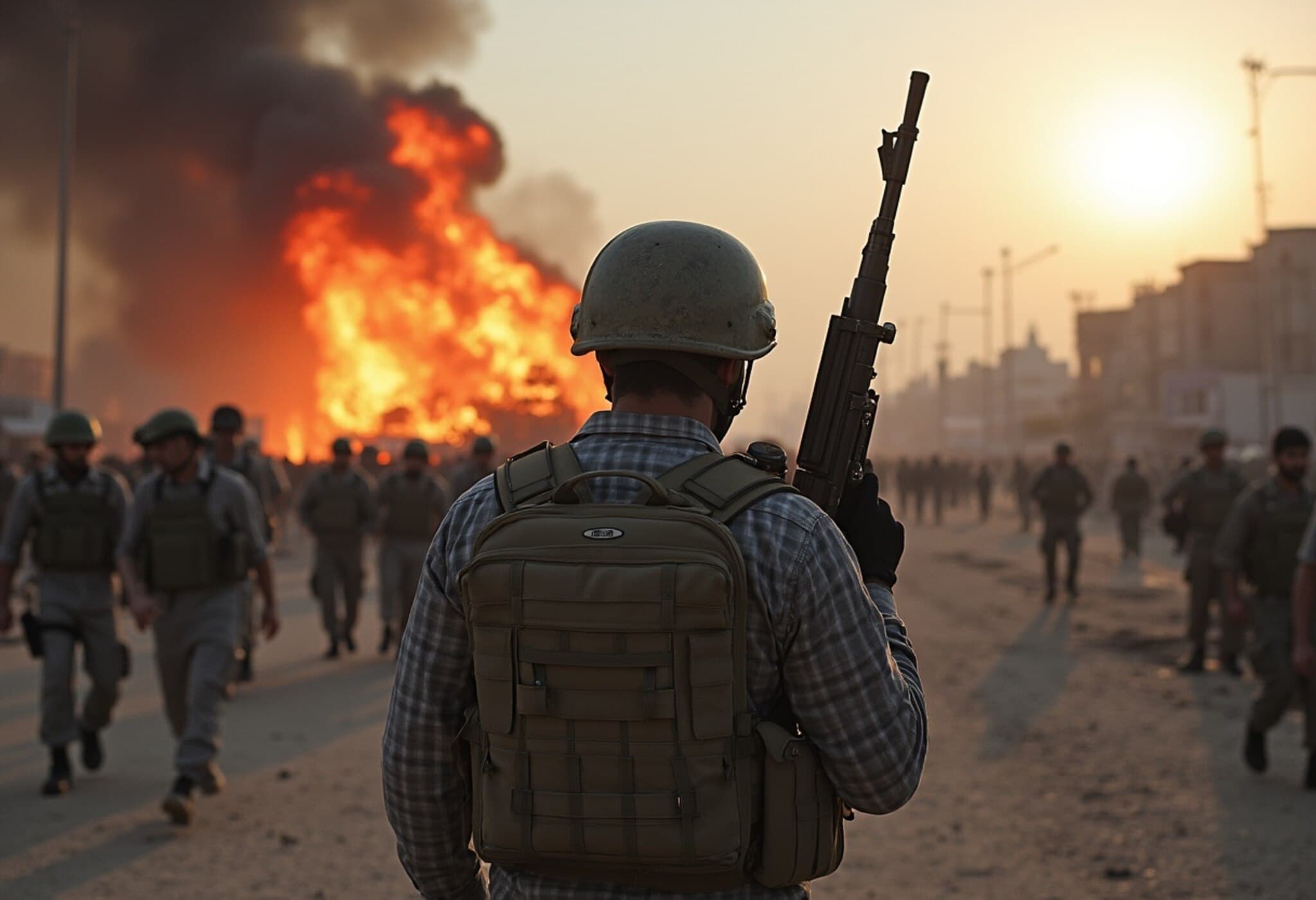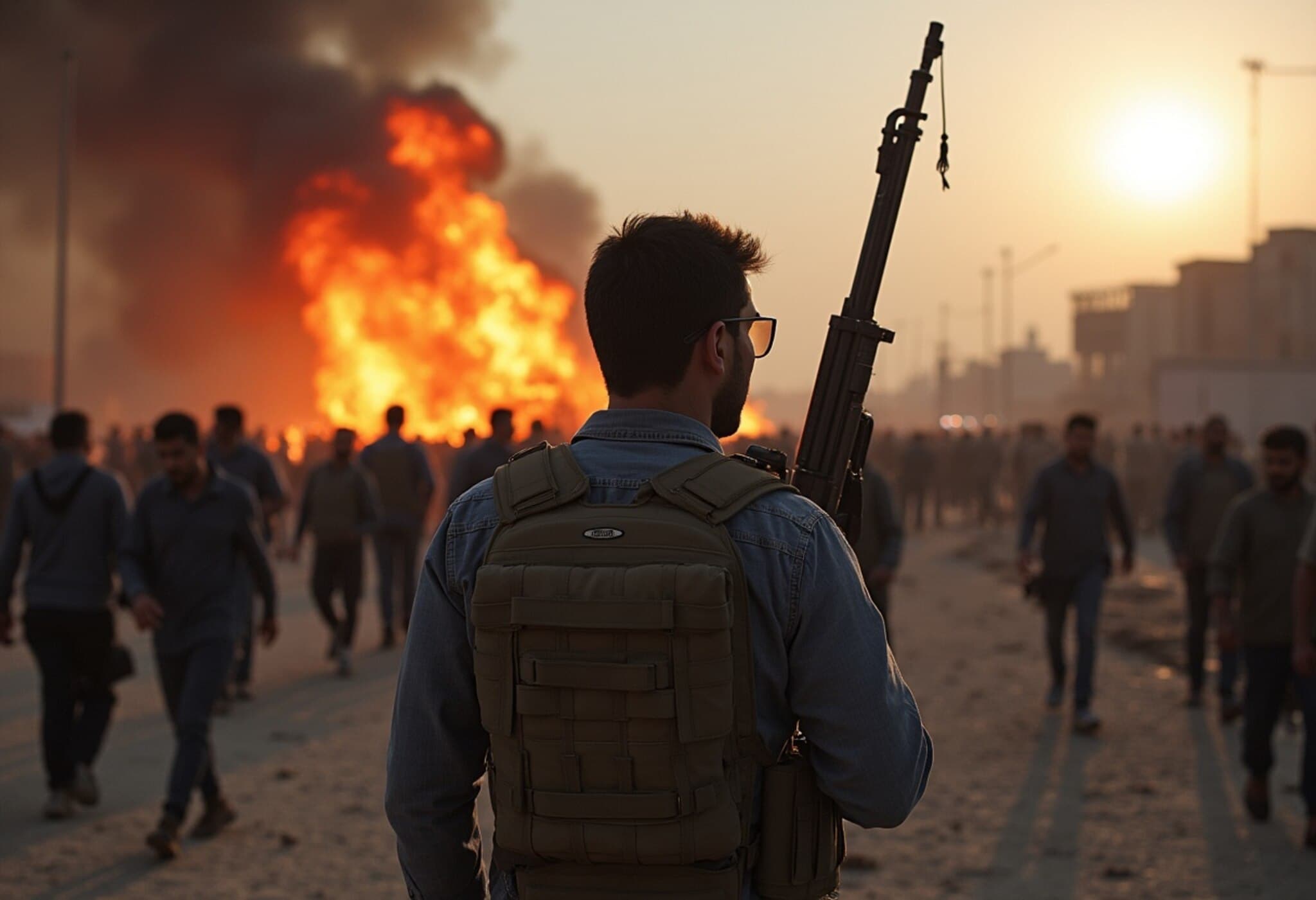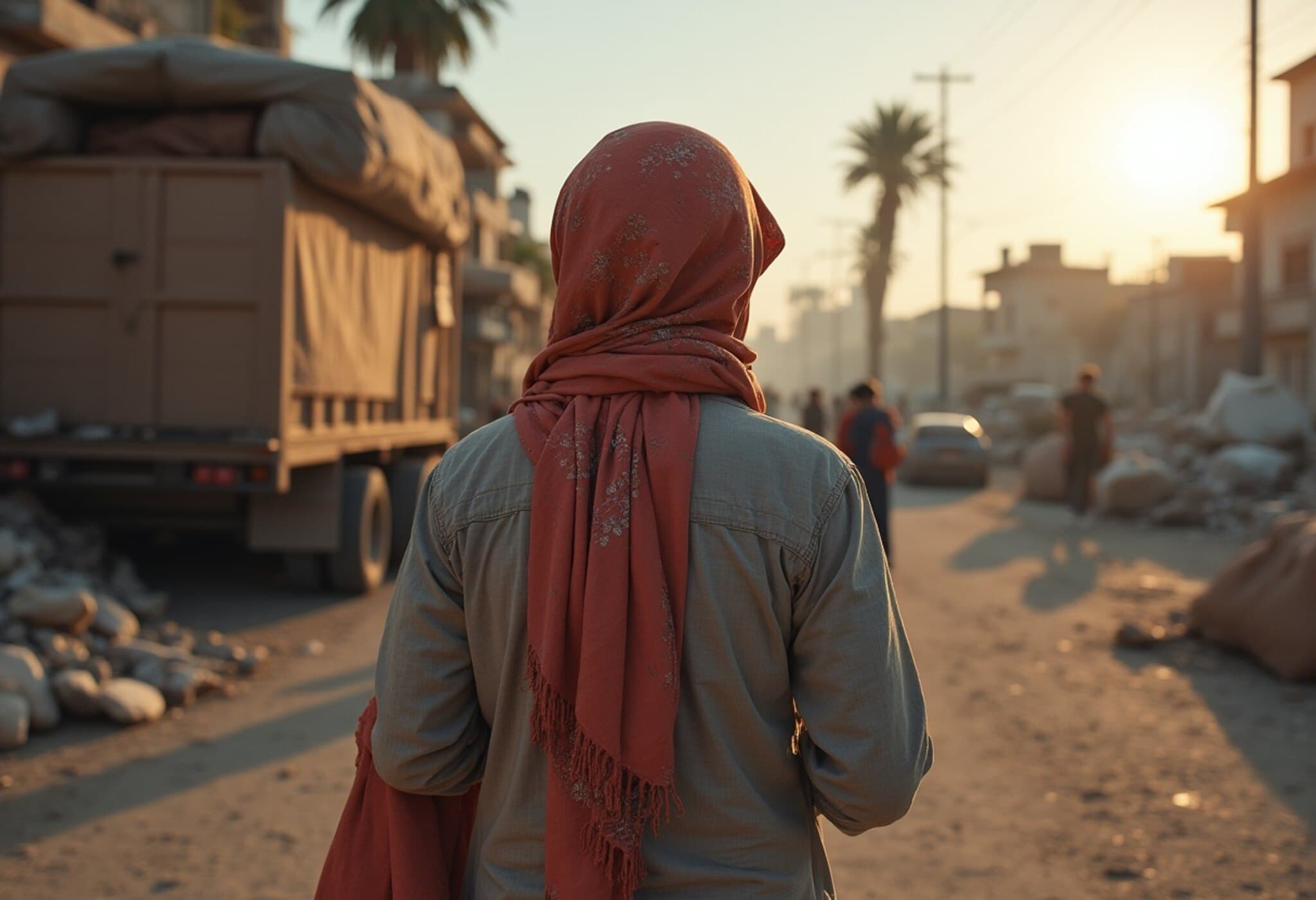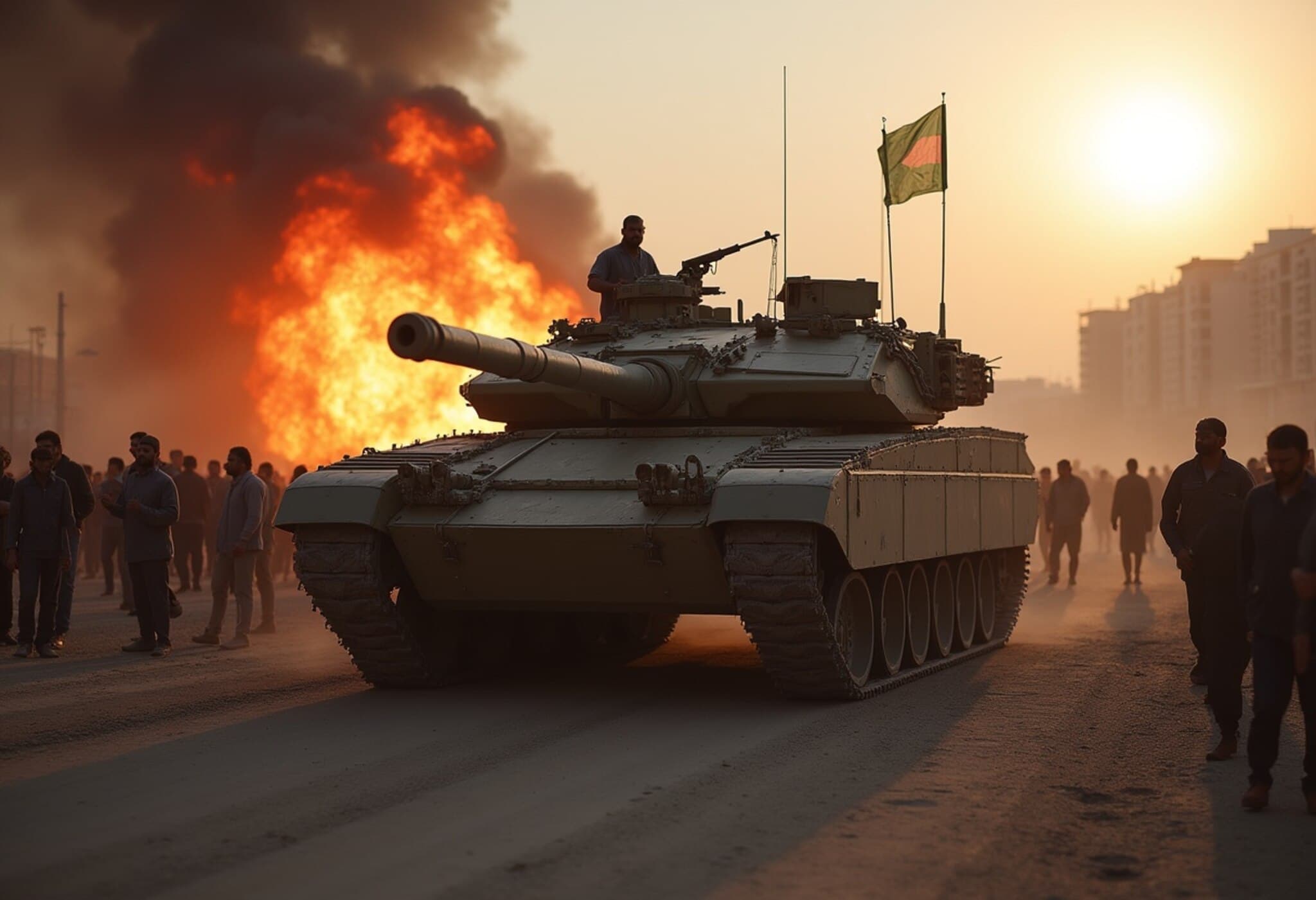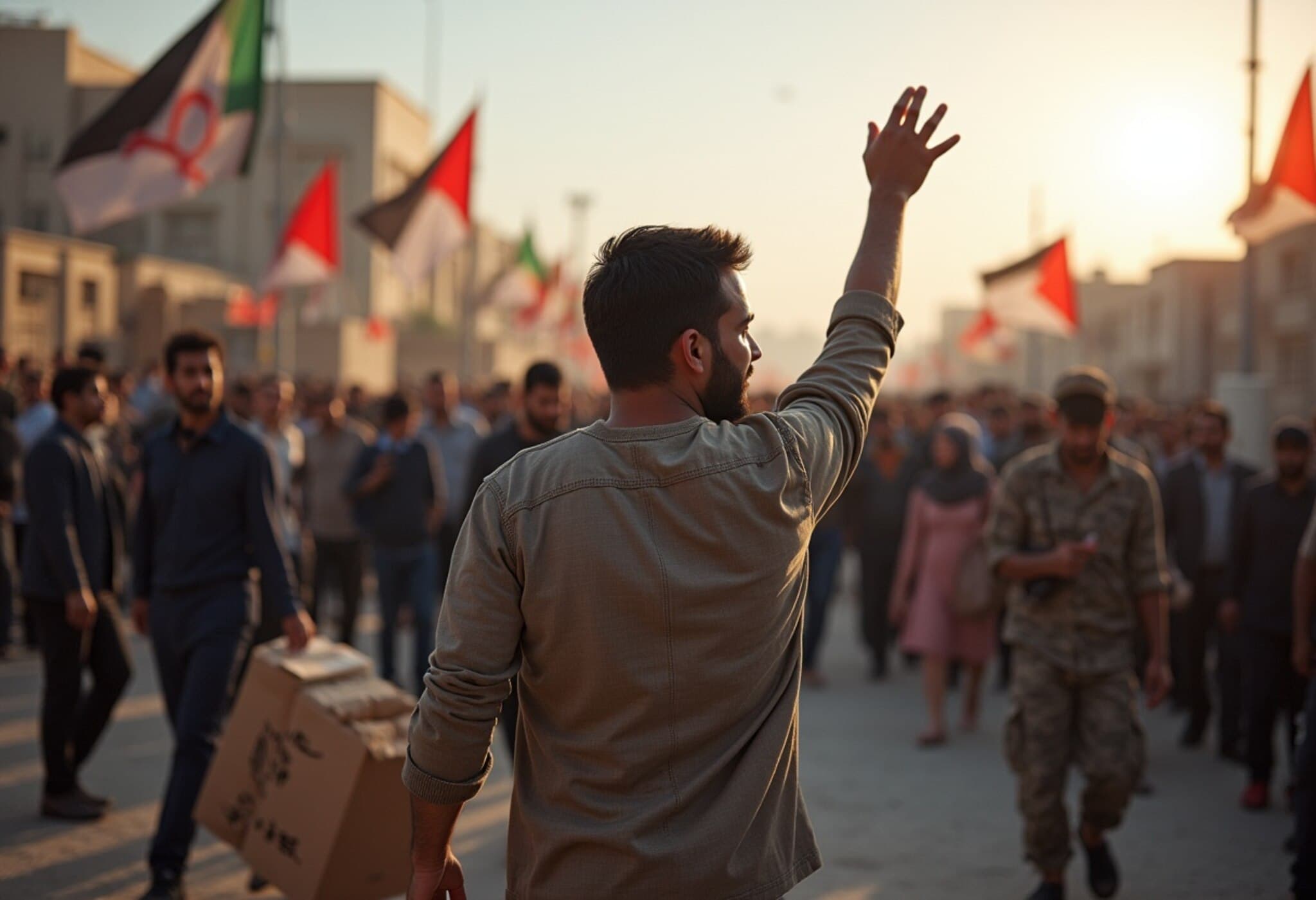Emergency Food Drops Aim to Alleviate Gaza’s Worsening Hunger Crisis
On July 27, 2025, a rare humanitarian reprieve unfolded in the Gaza Strip as Jordanian and Emirati aircraft delivered essential food supplies during a limited tactical pause declared by Israel in its ongoing military operations. This window was meant to ease a deepening hunger crisis amid dire warnings from the United Nations about impending famine-like conditions threatening nearly half a million residents.
The Humanitarian Situation: Hunger on the Brink
The United Nations' World Food Programme has painted a grim picture: one-third of Gaza’s population have gone without food for days, with approximately 470,000 people enduring life-threatening famine conditions. The blockade imposed by Israel since March 2, 2025, severely restricting aid, exacerbates the crisis. While some aid has trickled in since late May, stringent controls continue to limit the volume and reach of humanitarian supplies.
David Beasley, the former WFP executive director, has repeatedly highlighted Gaza’s growing hunger emergency, urging swift global action. The limited airdrops and crossings open thus far are but small relief measures against the backdrop of a population of over two million suffering from chronic shortages of food and medicine.
Tactical Pause and Food Deliveries: Steps Toward Relief
Israel’s military instituted a daily pause from 10:00 am to 8:00 pm in non-active areas—namely Al-Mawasi, central Deir el-Balah, and northern Gaza City—facilitating passage for aid agencies. Israeli forces also commenced their own airdrops, including one drop of seven pallets, an unprecedented move amid the conflict.
The Jordanian military, collaborating with the UAE, successfully parachuted approximately 25 tonnes of food aid into Gaza in three separate drops. Truckloads of flour additionally crossed into northern Gaza through the Zikim checkpoint, signaling cautious but essential improvements in humanitarian access.
Voices from the Ground: The Human Face of Hunger
In Gaza City’s Tel al-Hawa district, 30-year-old mother Suad Ishtaywi shared her daily struggle, illuminating the personal cost of the crisis: “My life’s wish is simple — to put food on my children’s plates.” She recounted her husband’s repeated, fruitless attempts to obtain aid amidst dwindling supplies. Similar scenes played out near aid drop zones, where desperation sparked chaotic scrambles for meager packages, underscoring starvation’s ruthless grip.
Political Tensions and International Reactions
Amid growing international pressure, German Chancellor Friedrich Merz urged Israeli Prime Minister Benjamin Netanyahu to ensure uninterrupted humanitarian aid reaches Gaza’s civilians. Netanyahu, however, pushed back against UN allegations blaming Israel, labeling them as fabrications and emphasizing “secure routes” for aid delivery.
The political standoff complicates humanitarian efforts. Israel insists it coordinates with the UN and international groups to optimize aid flow, denying intentional starvation tactics. Meanwhile, the International Criminal Court has issued arrest warrants against Netanyahu and others, citing suspicions of war crimes related to tactics including starvation.
Challenges to Aid Operations and Security Concerns
Operational realities present persistent hurdles. Aid convoys face strict inspections at crossings like Israel’s Kerem Shalom checkpoint, slowing deliveries. Media restrictions within Gaza and contested casualty figures further complicate transparent reporting. Recent clashes tragically killed 27 Palestinians, including near aid distribution centers, highlighting the fragile security environment.
Additionally, attempts by activist vessels, such as the Freedom Flotilla's Handala, to breach the naval blockade have been intercepted by Israeli forces, drawing further international attention to maritime restrictions.
Expert Insights: What’s Needed Beyond Airdrops
Bushra Khalidi, Oxfam’s regional policy chief, describes current efforts as “a welcome first step” but cautions that they are inadequate if not expanded. She stresses the need for a comprehensive and sustained humanitarian response that includes:
- A permanent ceasefire to end hostilities and ensure civilian safety
- Full, unrestricted access to all border crossings and aid routes
- A steady, large-scale influx of food, water, and medical supplies matching Gaza’s urgent needs
Humanitarian experts affirm that without these fundamental measures, short-term airdrops cannot reverse the spiraling humanitarian catastrophe.
Conclusion: A Crisis Demanding Sustained Global Attention
The unfolding situation in Gaza is a stark reminder of the intricate interplay between conflict and humanitarian catastrophe. While recent emergency food drops offer a glimmer of hope, they are merely temporary patches to a much larger, systemic crisis. Resolving Gaza’s hunger emergency requires political will, international cooperation, and an unwavering commitment to humanitarian principles.
Editor’s Note:
As the world watches the unfolding tragedy in Gaza, critical questions emerge: How can the international community ensure consistent humanitarian access without compromising security concerns? What mechanisms might support a durable ceasefire, allowing full recovery efforts? And how might lessons from Gaza inform responses to future crises where starvation becomes a weapon of war? Readers are encouraged to consider the human stories behind headlines and advocate for compassionate, effective action.

